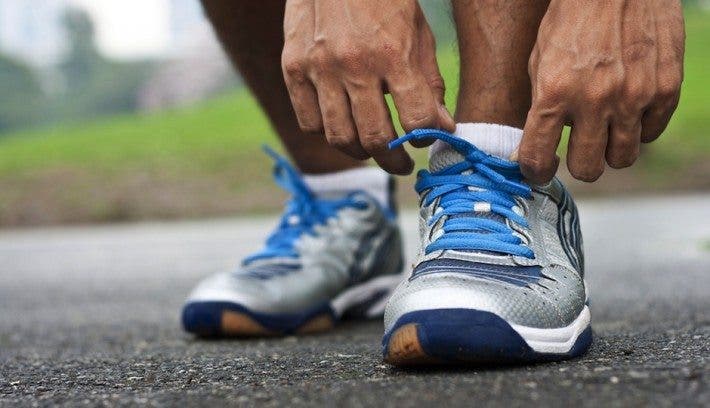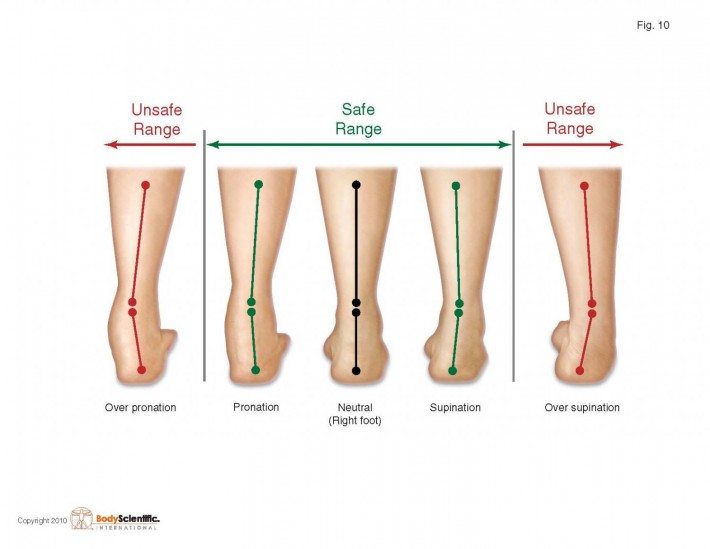One foot in front, then the other, repeat. In addition to that, it is a sport that does not require a specific place to do it since you can run practically anywhere, but also, the only material you need to run is a good pair of shoes.
Do I really need some running shoes?
Technically, you can run in soccer shoes, boat shoes, or even barefoot. But if you are serious about running, or just appreciate your physical integrity and health, you should invest money in a pair of specific running shoes. Not only are they adapted for the biomechanical movements of a runner, the grip with the ground is superior and they adequately protect the ankles.
Many people choose to buy tennis shoes to go running, however, these types of shoes slide on mud or grass, two very common surfaces to find in any park or field.
However, the main reason why you should run in shoes specifically made for this is because of their help in absorbing impacts . A shoe that doesn’t absorb shock will end up causing tendonitis or even more serious joint injuries.
Do I have to spend a lot of money on them?
Simply no. It is true that the top models of the most recognized brands in the sector cost between € 80 and € 200. Its qualities are superior to those of the cheaper options, being a light footwear, made with an excellent material and that, normally, last longer. However, these differences are not so important at an amateur level, and a cheaper pair of shoes may be the best option , as long as they meet the necessary characteristics. You do not necessarily have to buy the most expensive if you are not going to take advantage of it or if you really do not need it.
We leave you the best offers of running shoes
The most important characteristics when buying running shoes
First and foremost. There is nothing worse for running than shoes that are not your size. Whether it is because they are too small, big or narrow, the experience of running with them will be really bad. Make sure you take your foot measurements well, try them on in the store before buying it or, if you buy them online, find a marketplace or a store that allows you to return them if your pair does not fit your feet well.
A few more suggestions to find your perfect shoe:
- Make sure the heel does not slip. The shoe should not be too small, however, if your heel slips, it is a sign that the shoes are too big or that the laces are poorly fastened.
- When checking the size , wear the socks that you usually use for running and leave about half an inch between your big toe and the shoe. While running, your foot sweats and those sneakers that you noticed “good” in the store, can turn into a running nightmare.
- The laces have to be tight enough that the shoe does not move, but not so tight that they cut off circulation.
- Make sure that the breathability of the shoe is in line with the weather in which you will find yourself running. Open mesh shoes are really good for hot climates, however, they are not the best option for running on cold mornings or in rainy climates.

Neutral, stability or minimalist shoes
Traditionally, two different types of shoes have coexisted: neutral shoes, intended for supinators , and stability-stability shoes, intended for pronators . It is possible to determine if a person is pronator or supinator according to the arch formed by the foot when resting it on the ground while walking.
However, in recent years minimalist models have been gaining strength, after the publication of “Born to Run” by Christopher McDougall. The idea behind these models is that correcting pronation of the feet can be bad. When walking, the foot is free to pronate freely in a natural way, and attempting to correct this can lead to injury.
These shoes are lighter and do not correct your footprint.
You should bear in mind that no scientific study has shown that one or the other group is right, so the best option is to try different models to see how you develop and decide for yourself. Keep in mind that adapting to minimalist shoes can be quite tough.

An investment that pays off
Some people are loyal to a particular brand throughout their lives as runners, while others prefer to try on different models every few months. Running shoes are designed to last approximately 650 km, so running 30 km a week (quite a lot for a person who has just started) your shoes will last between 5 and 6 months. It is certainly worth the investment, for your health and for your comfort.
References
- Ruggero Loda, Running Shoes: What You Need to Know to Buy the Right One For You. Breaking muscle. [Revised July 2015].
- Running Shoes Guru. Buying Guide. [Revised July 2015].